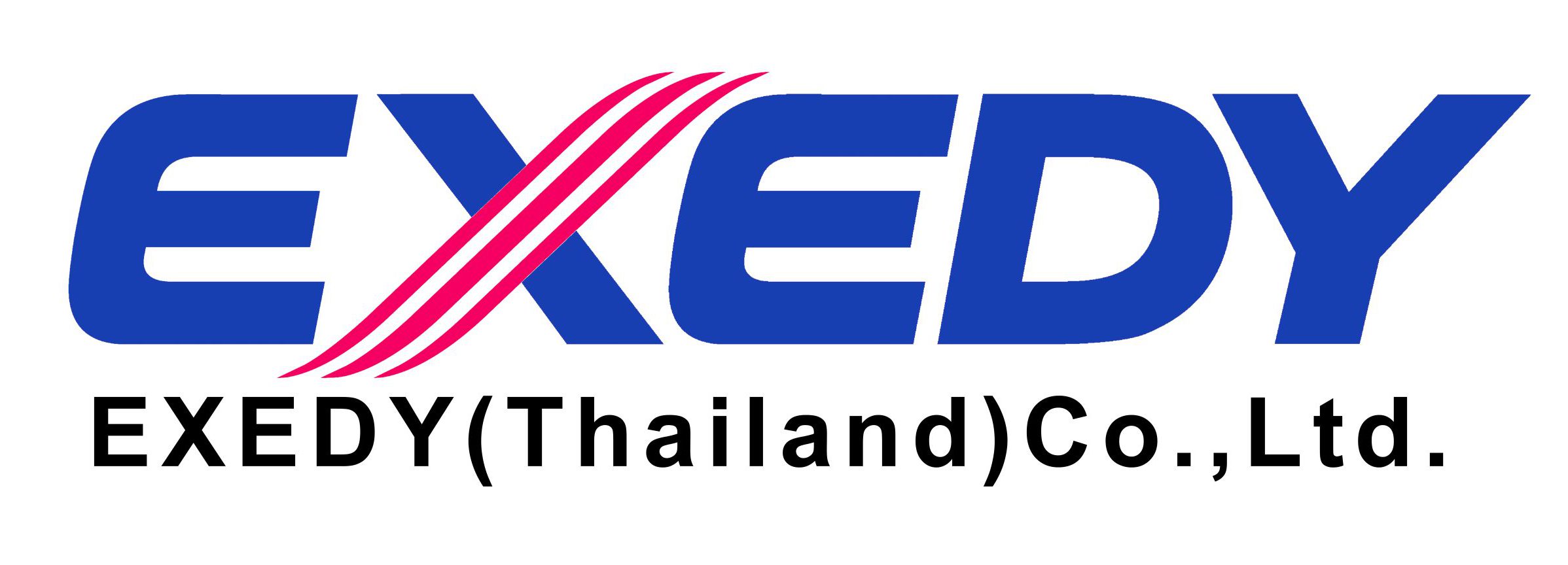Explai n the DX system of EXT.
n the DX system of EXT.
EXT is a leading manufacturer of automotive parts, and its IT department has developed a DX (digital transformation) system to enhance its business operations. The system includes a wide range of technologies and tools, such as cloud computing, big data analytics, and artificial intelligence, to improve efficiency and productivity.
The DX system enables EXT to streamline its operations, reduce costs, and improve customer satisfaction by providing better and faster services. It also helps the company to monitor and manage its production processes more effectively, reducing errors and increasing
efficiency. Furthermore, EXT is using the DX system to analyze and develop its products to meet customers’ demands more accurately.
Moreover, EXT has been focusing on developing and implementing DX technologies to analyze and develop high-quality products that meet customers’ demands more accurately. They are using AI and Big Data to analyze and predict customers’ needs and use the data to design and develop products that accurately respond to the market demands.
By utilizing DX technologies to enhance its business operations and supporting employees to gain knowledge and skills in using DX technologies, EXT has become a highly competitive company in the market and a leader in sustainable industrial business development.
EXT investment in the DX system has allowed it to remain at the forefront of the automotive industry, with the ability to quickly adapt to changing market conditions and customer demands. The company is committed to continuously improving its DX capabilities and exploring new technologies to enhance its operations and products further.
In addition, EXT DX system has helped the company to create a data-driven culture, enabling it to make more informed business decisions. The system provides real-time data and analytics, allowing employees to identify areas for improvement and make data-driven decisions.
Overall, EXT DX system is a vital component of its business operations, enabling the company to stay ahead of the competition and deliver high-quality products and services tocustomers
Basic flow for Exedy’s IT DX system:
- Identify Business Objectives: The first step in implementing a DX system is to identify the business objectives that the system will support. In Exedy’s case, the objective is to improve efficiency, reduce costs, and improve customer satisfaction.
- Assess Current Systems: The next step is to assess the current systems in use and identify areas for improvement. This involves analyzing the existing IT infrastructure, processes, and tools and identifying areas where DX technologies can be implemented.
- Develop a DX Strategy: Based on the identified business objectives and areas for improvement, the IT department develops a DX strategy that outlines the technologies and tools that will be implemented, as well as a roadmap for their implementation.
- Implement DX Technologies: The DX technologies are then implemented in accordance with the strategy. This involves deploying new systems and tools, migrating data, and training employees on the use of new technologies.
- Monitor and Optimize: Once the DX system is in place, it is important to monitor its performance and optimize it to ensure it is achieving the desired results. This involves tracking key performance indicators (KPIs) and making adjustments as necessary to improve performance.
- Continuous Improvement: Finally, the DX system should be continuously improved to keep up with changing business needs and technological advancements. This involves ongoing evaluation and refinement of the system, as well as exploration of new technologies that can further enhance business operations.
Targets for Exedy’s IT DX system .
- Increased Efficiency: One target could be to improve the efficiency of Exedy’s operations by 50% through the implementation of new DX technologies, such as automation and machine learning.
- Cost Reduction: Another targ
et could be to reduce costs by 25% through the implementation of cloud computing and other cost-saving technologies.
- Improved Customer Satisfaction: Exedy could aim to improve customer satisfaction by 30% through the implementation of DX technologies that enable faster and more accurate response times to customer inquiries and concerns.
- Product Development: A target could be to use DX technologies to develop and launch at least 10 new products that meet customers’ demands more accurately.
- Data-Driven Culture: Exedy could aim to create a data-driven culture within the organization by implementing a centralized data management system, data analysis tools, and training programs to support data-driven decision-making.
- Cybersecurity: Another target could be to implement cybersecurity measures that meet or exceed industry standards, protecting Exedy’s data and assets from cyber threats.
- Employee Training: Exedy could aim to train at least 80% of its employees in the use of DX technologies to maximize their potential and support the organization’s DX goals.
- Sustainability: A target could be to use DX technologies to improve sustainability and reduce environmental impact, such as implementing systems that reduce energy consumption or using data analytics to optimize resource usage.

